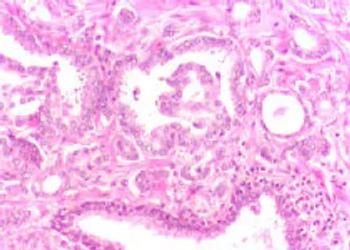
Amtagiv for Advanced Melanoma Shows Strong Results in Real-World Use
The response rate to Amtagvi was higher in patients who had received two or fewer therapies than in those with more heavily treated disease.
A real-world study tracking the use of Amtagvi (lifileucel) in patients with advanced melanoma found nearly half saw their tumors shrink or disappear, matching the therapy’s effects in research settings and supporting its role as a new option after other treatments have failed.
Among 41 patients with unresectable or metastatic melanoma, 49% experienced tumor shrinkage after receiving the first FDA-approved T cell therapy for solid tumors. Patients who had received fewer prior treatments responded even better: 61% of those who had tried two or fewer therapies before Amtagvi responded to treatment, compared with 33% among those with more heavily treated disease. The findings come from a retrospective study led by Amtagvi drugmaker Iovance Biotherapeutics and included a diverse group of patients previously treated with immune checkpoint inhibitors and targeted therapies
“Lifileucel demonstrates a robust response rate in real-world clinical settings,” Lilit Karapetyan, M.D., of H. Lee Moffitt Cancer Center & Research Institute, said in a
Amtagvi received
The approval was based on clinical trial results showing an objective response rate of 32% among 73 patients, with most responses seen within about six weeks. The new real-world study confirms that these effects translate to routine clinical care, even among a broader population that may include older or sicker patients.
The retrospective study tracked patients who had already tried immune checkpoint inhibitor drugs, which work by blocking proteins that prevent the immune system from attacking cancer cells. If patients had specific genetic mutations in their tumors, they also had tried targeted therapies before receiving Amtagvi.
The manufacturing process for Amtagvi takes about a month from the time tumor tissue is collected until the therapy is ready for infusion. Patients are hospitalized for the treatment, which includes chemotherapy to prepare the body, the cell infusion, and supportive medications. Common side effects include chills, fever, fatigue, low blood counts and low blood pressure. The FDA labeling also includes warnings about the risk of severe infections, organ impairment and treatment-related deaths.
More than 100,000 new melanomas will be
Iovance is conducting additional studies to test the therapy in other cancer types and earlier in treatment. The company also is running a phase 3 trial comparing Amtagvi to standard treatments as a first-line therapy for advanced melanoma.
Newsletter
Get the latest industry news, event updates, and more from Managed healthcare Executive.






















































